A frontend veteran’s honest take on diving into the Kotlin ecosystem
The Setup: Why a Vue.js Developer Goes to KotlinConf

After five years of living and breathing Vue.js, I made a decision that surprised even me: it was time to venture beyond the frontend comfort zone. KotlinConf 2025 became my crash course into backend development, and honestly? It was like being a tourist in a foreign country where everyone speaks a different programming language.
The mission: Kick-off my Kotlin learning journey
The reality: Two days of feeling simultaneously inspired and overwhelmed
Day 1: When Every Starting Session Assumes You Already Know Kotlin
The Good Stuff
The opening keynote set the stage perfectly, but the “Kotlin and Spring Boot” session hit me like a wall of complexity. I’ve been on some conferences already and as far as I remember there’ve always been sessions in the first time slot that target newbies. After all, you want to grow your fan base with such technologies but not so at the KotlinConf 2025. You better know Kotlin for the first sessions. Especially the Kotlin and Spring Boot session appeared to be the most fundamental one to pick from all the choices but it felt like learning to fly a spaceship when you’re used to walk on the ground. The concepts were fascinating, but definitely too advanced for someone just dipping their toes into backend waters. Yet, stay tuned, the conference got much better after that!
What absolutely impressed me was Compose with Kotlin Multiplatform. As someone who’s always bet on platform agnostic technologies and who’s built Qt (say: cute) code less, create more, deploy everywhere software in the past and Capacitor wrapped mobile apps with Vue, seeing what backend developers can do with Compose felt familiar yet exciting. KMP and Compose will definitely be part of my future developer experience.
The AI Revolution is Real
“From 0 to h-AI-ro” was a session that opened my eyes to how far AI tooling has come in the Kotlin ecosystem:
- Juni: JetBrains’ AI assistant that actually integrates with GitHub for code reviews
- Mellum: An open-source LLM specifically for Kotlin development
- SpringAI, LangChain4J, and Koog all hitting 1.0.0
I found the discourse on the different options of integrating your own data and how the data flow works well done and I could take quite some insights and understanding from that.
SpringAI’s speech-to-text and text-to-speech features have demonstrated how sophisticated and mature that tool is already.
Day 2: Finding My Footing (And My Opinions)
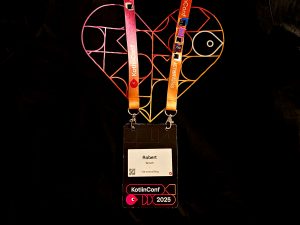
The Multiplatform Promise
Kotlin Multiplatform sessions gave me serious déjà-vue vibes. The ability to write business logic once and deploy everywhere felt like the holy grail that developers have been chasing for decades – from Qt’s “code less, create more, deploy everywhere” promise 20+ years ago to modern solutions like Ionic’s Capacitor wrapping web apps for mobile deployment. With that in mind the Kotlin Multiplatform feels closer to Qt yet similar to Capacitor from an architectural point of view. Where Capacitor lets you use any web framework (e.g. React, Angular, Vue) with the same deployment strategy, Kotlin takes the Qt approach of betting on one language ecosystem. Seeing actual production examples made this particular vision of multi-platform development feel real, not just theoretical.
HTMX + Ktor: The HTML-First Revelation
This session hit differently. The “Simplifying Full-Stack Kotlin” talk with HTMX and Ktor resonated with my frontend soul. Finally, an approach that respected HTML as the foundation rather than trying to abstract it away.
Hot take alert: The Kotlin HTML DSL approach felt wrong to me because it’s not HTML — it’s Kotlin pretending to be HTML, which increases cognitive load rather than reducing it. Give me Vue’s Single File Components any day! I found myself wishing for <script lang="kotlin" setup> in Vue SFCs — now that would be the best of both worlds, especially since Kotlin can compile to JavaScript as demonstrated by Kotlin/JS.
The Kotlin Tooling Ecosystem
What struck me about Kotlin’s tooling was how well-integrated everything felt while diving into the Kotlin ecosystem:
- PowerAssert: Testing tools that understand Kotlin’s type system for better error reporting
- Detekt: Static analysis that feels native to the language rather than bolted on
- Amper: Build tooling designed specifically for Kotlin’s multiplatform ambitions
My Takeaways from KotlinConf 2025
System Thinking
Diana Montalion’s insights about system design resonated deeply: “Efficiency counters resilience.” That fundamental principle applies to any software system, regardless of technology or architecture. Sometimes our systems need more redundancy and breathing room, not just relentless optimization. That talk’s contend was for everyone who wants to step up the ladder towards becoming a senior developer.
The Boring UI Reality
One speaker mentioned how we’ve moved away from the customizable Winamp era to boring UIs. As a Vue and frontend veteran, this hits hard — we spend so much time on component libraries that look exactly like everything else and I admit: frontend development has become boring from a creativity and design point of view. It doesn’t matter which UI library you use, the job often boils down to adjusting the standardized styles here and there a bit according to some corporate design guidelines.
✅ There’s absolutely no fun in that.
When was the last time you broke out of that and created something beautiful that is non-standard, for example something like a responsive LCARS website that also runs as Android or iOS app like that one:
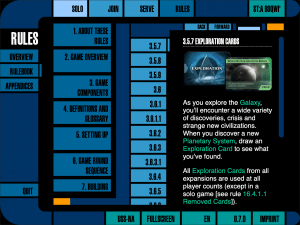
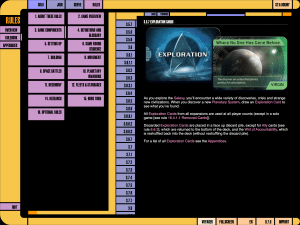


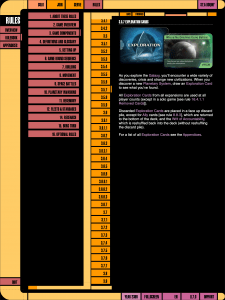
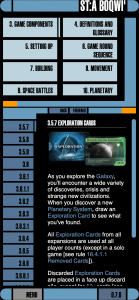
You can get more inspiration at the Game UI Database.
AI Integration Made Simple

The Koog hands-on coding session was revelatory. We built a dish-search webapp with ingredient ordering powered by LLMs, and I was surprised how straightforward it was to configure the agent chains and triggers. There’s something powerful about coding AI features yourself rather than just seeing demos.
The Honest Verdict from Diving into the Kotlin Ecosystem
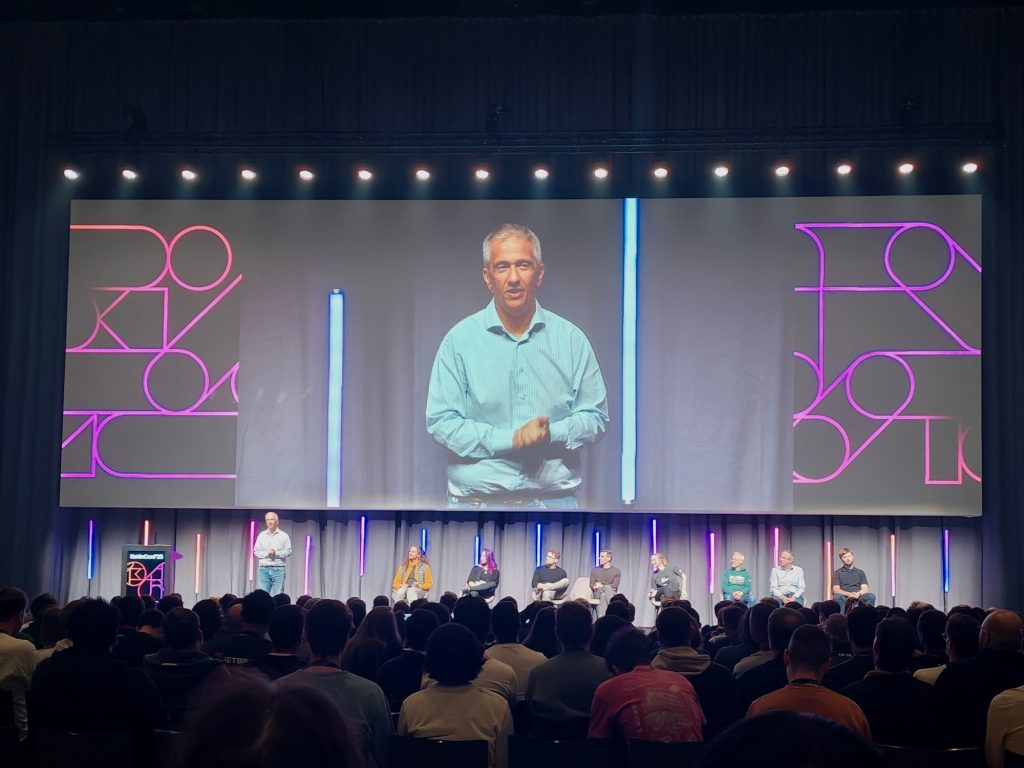
What I loved:
- I got the full brunt of the bleading edge Kotlin ecosystem
- The community’s passion for multiplatform development
- AI tooling that’s actually easy to use and which solves real problems
- The HTML-first approach with HTMX (if I ignore Kotlin’s HTML DSL)
- Learning about Koog
My struggles:
- Understanding many topics as most have been intermediate or advanced while I still lack the basics of Kotlin development
- A session like “Kotlin & Functional Programming: pick the best, skip the rest by Urs Peter” from KotlinConf 2023 would have been great to have in the first time slot
- Kotlin HTML DSL feels like a step backward from templates
Where to go from here:
- Building a small Ktor + HTMX project
- Exploring Kotlin Multiplatform for mobile
- Koog (say: cook) more ideas starting from the code lab AI project
- Use my educational budget for an in-depth Kotlin + Spring Boot workshop
Final Thoughts: Two Worlds, One Developer
KotlinConf didn’t convert me away from Vue.js — it expanded my perspective and I’ll continue diving into the Kotlin ecosystem. There’s something beautiful about Kotlin’s type safety and multiplatform capabilities, just like there’s something elegant about Vue’s reactivity and component model.
The real insight? The best developers aren’t loyal to a single technology — they’re loyal to solving problems well. Sometimes that means Vue.js for rapid prototyping, sometimes it means Kotlin for type-safe backends or AI agent chains.
Now excuse me while I go build something with <script lang="kotlin" setup>… in my dreams.
Want to follow my Kotlin learning journey? Connect with me on LinkedIn, visit the iits blog or check out klibs.io for more Kotlin ecosystem resources.
Resources Mentioned
- KotlinConf 2025 – The official website of the conference
- Capacitor – Cross-platform apps with web technologies
- Kotlin/JS – Transpiling Kotlin code to JavaScript
- “Learning Systems Thinking, Diana Montalion” – Book recommendation by Diana Montalion
- Winamp skins – The Winamp Skin Museum
- htmlcars – An LCARS library built with Vue.js
- gameuidatabase – UI inspiration
- Kotlin & Functional Programming: pick the best, skip the rest by Urs Peter – Good Kotlin for beginners session from KotlinConf 2023
- “Effective Kotlin” – Book recommendation related to debugging and performance with coroutines
- klibs.io – Kotlin ecosystem library catalog

